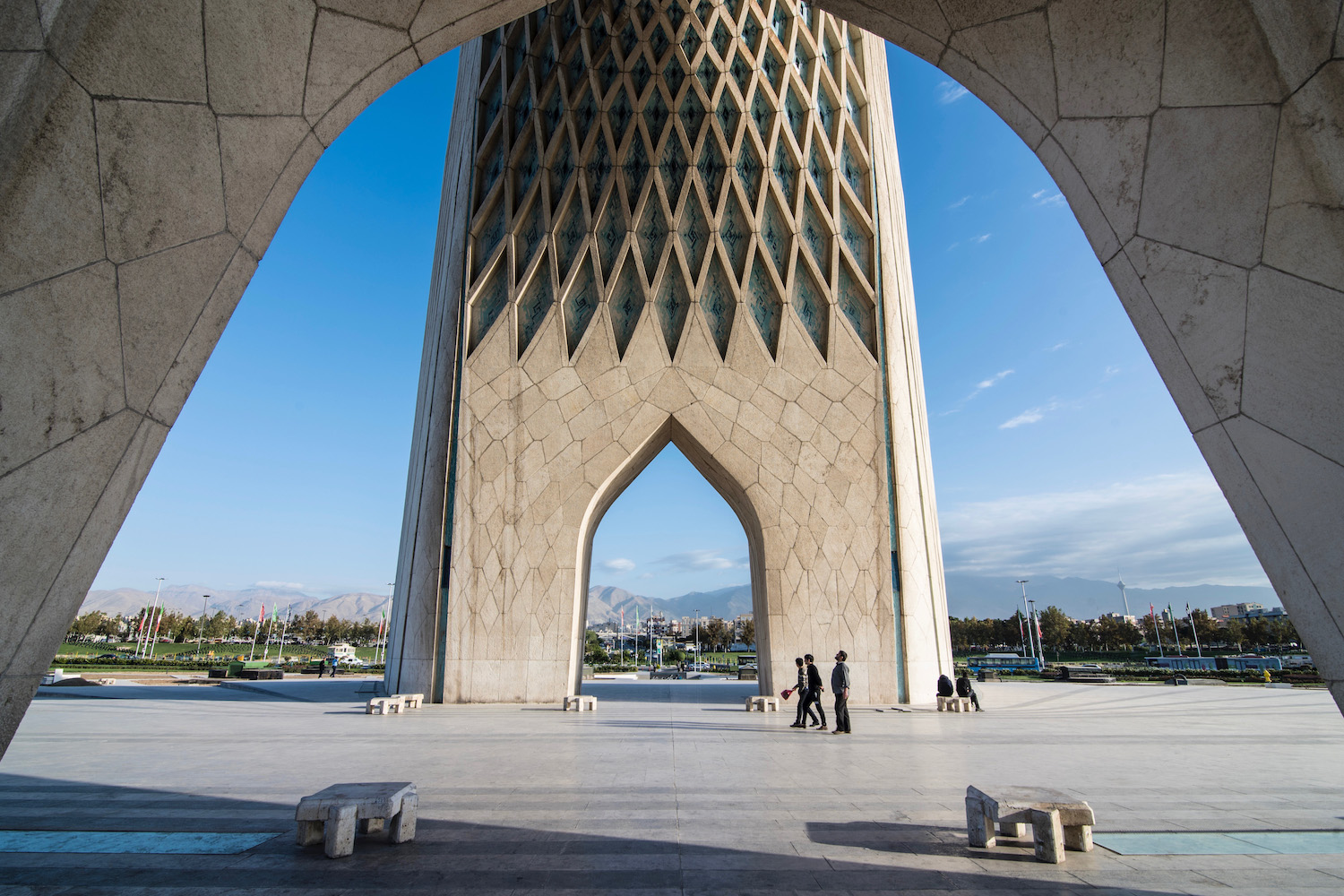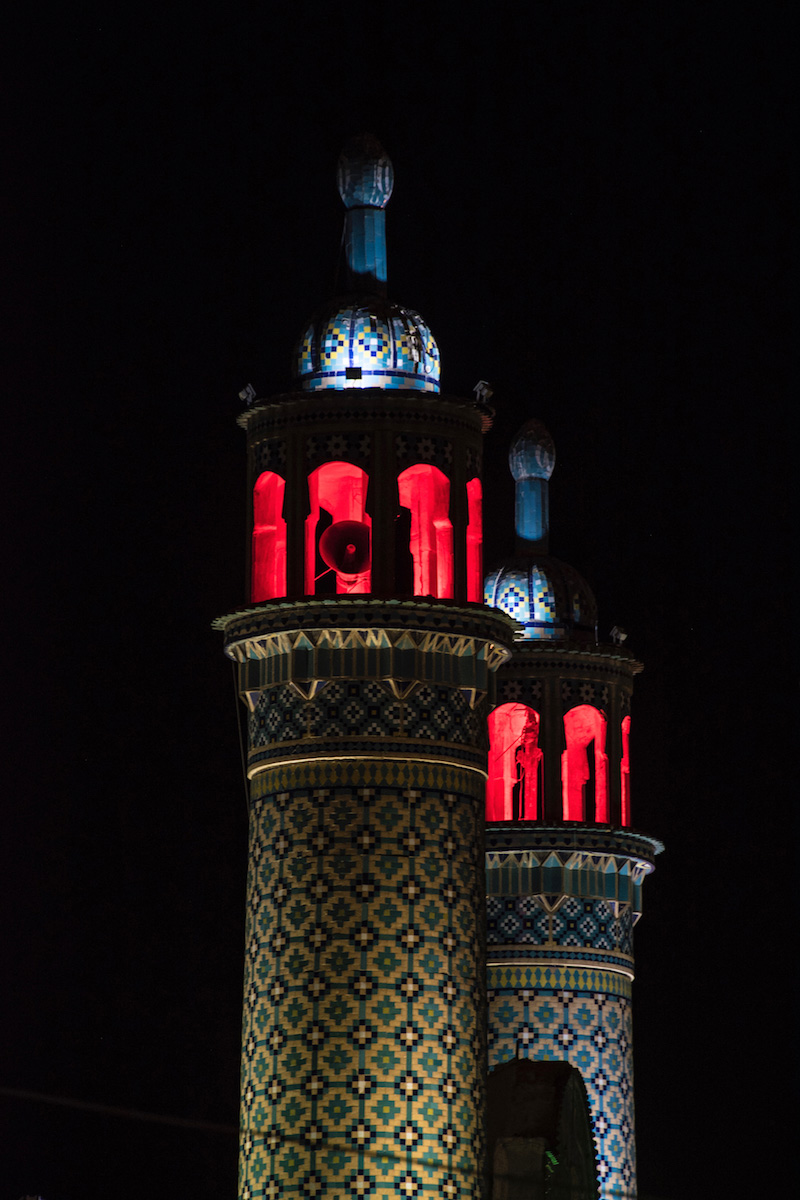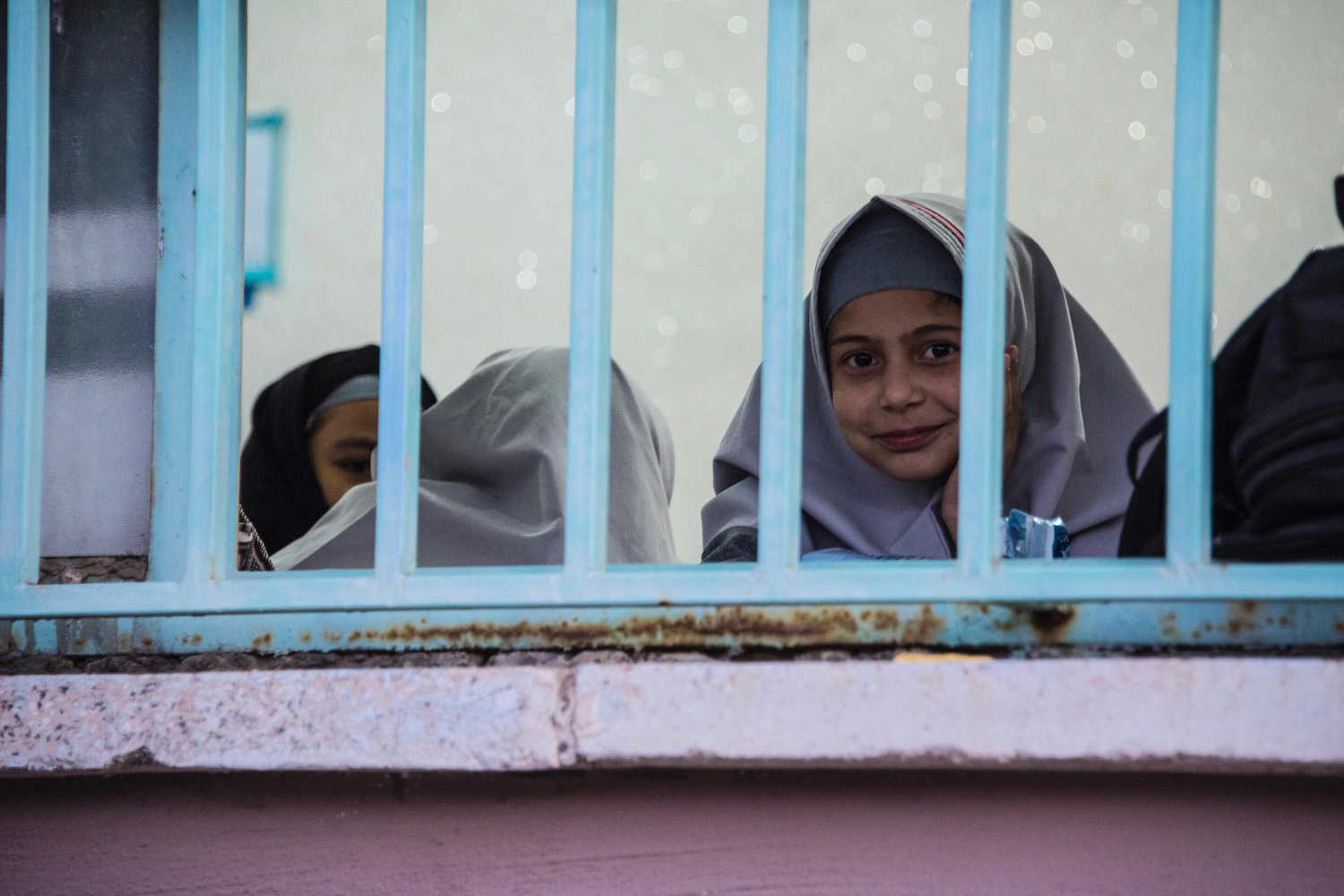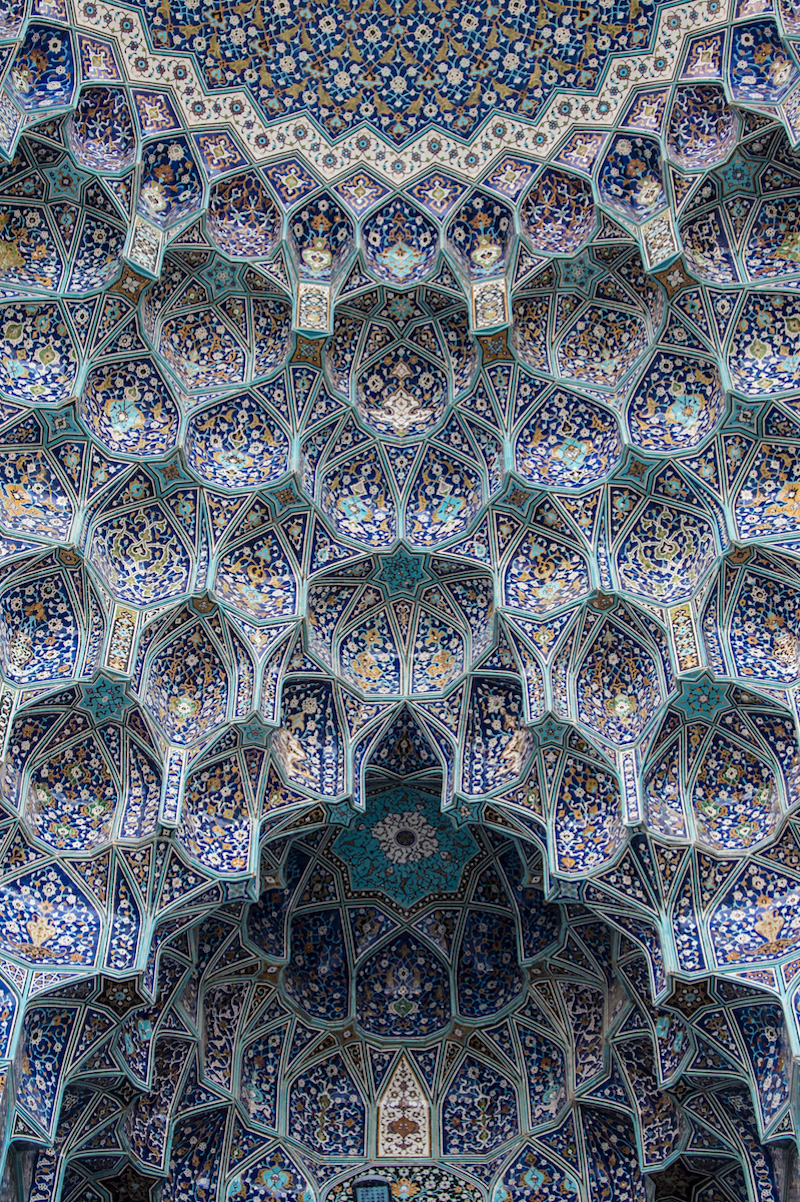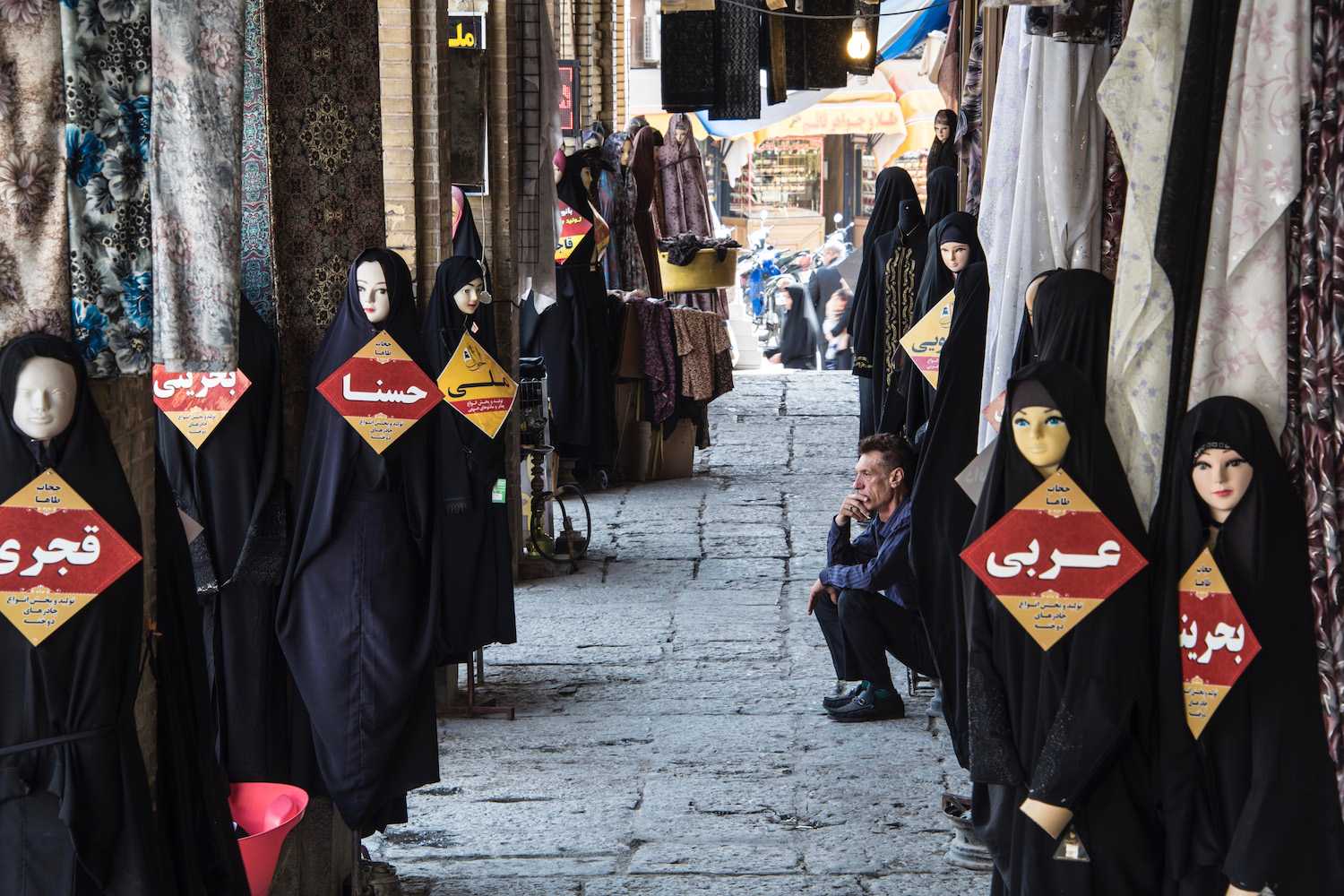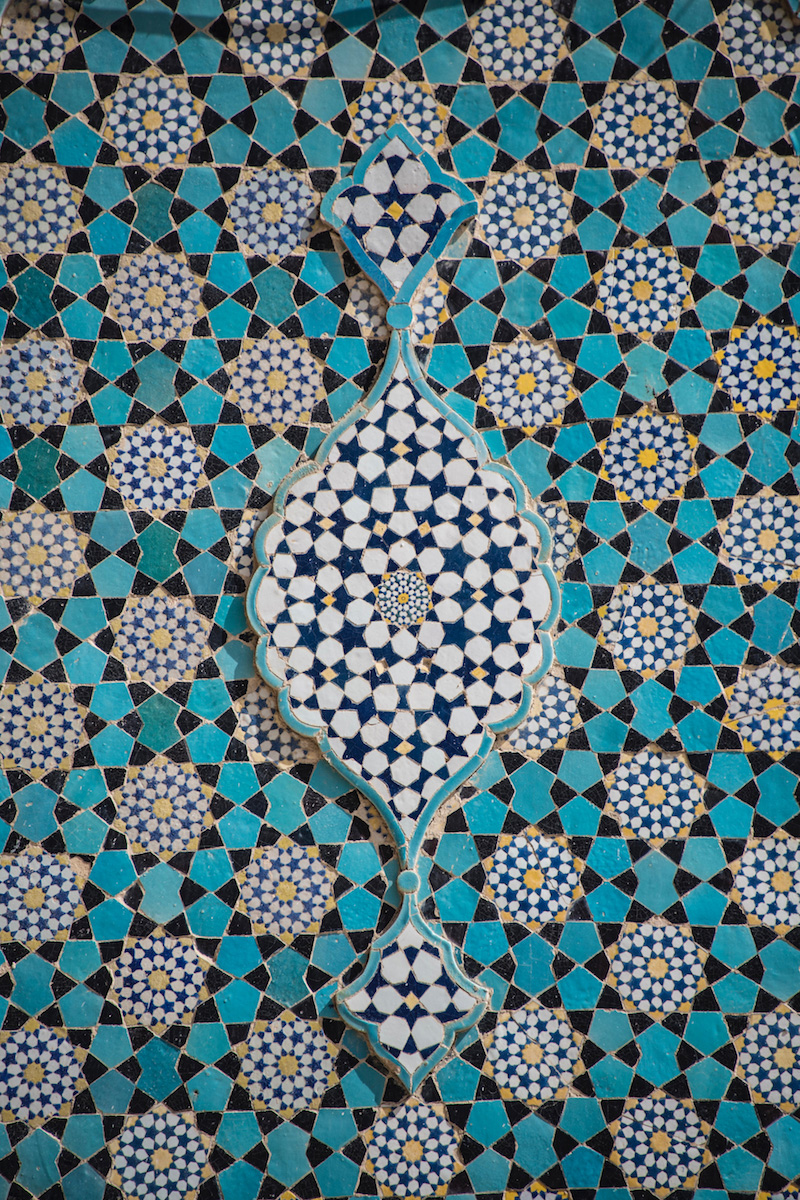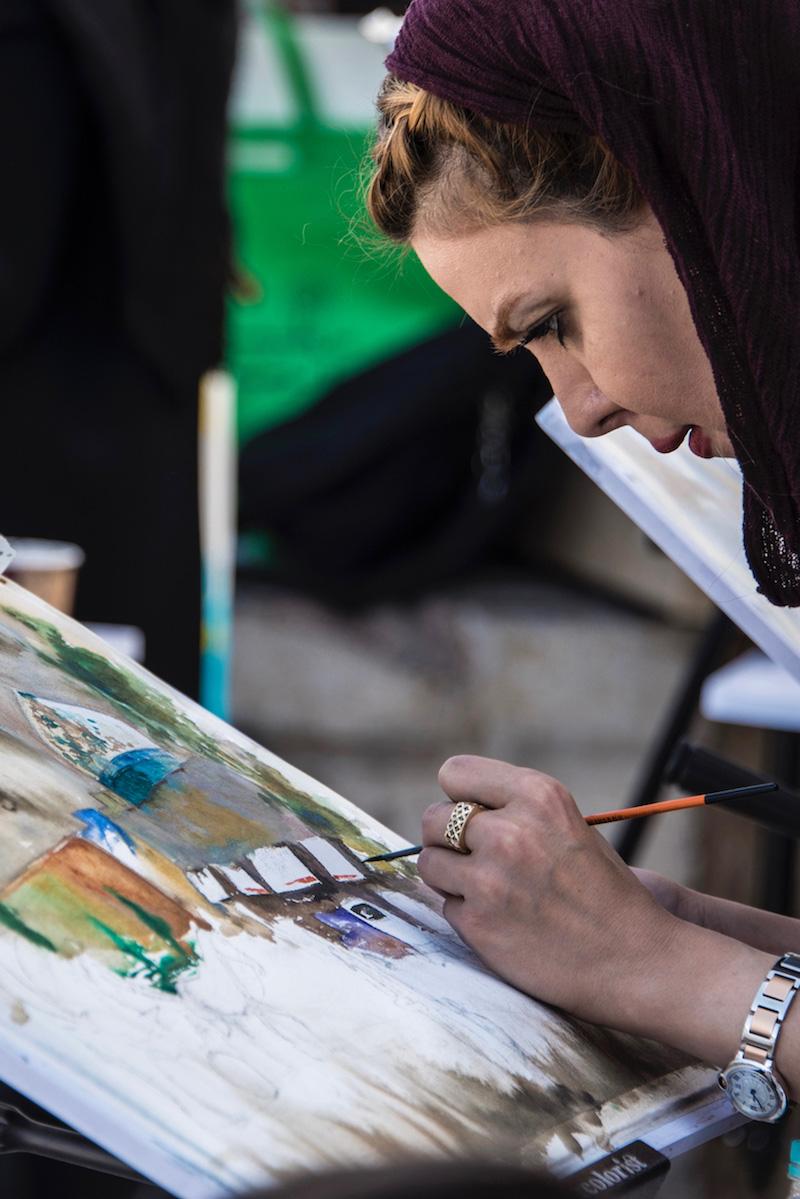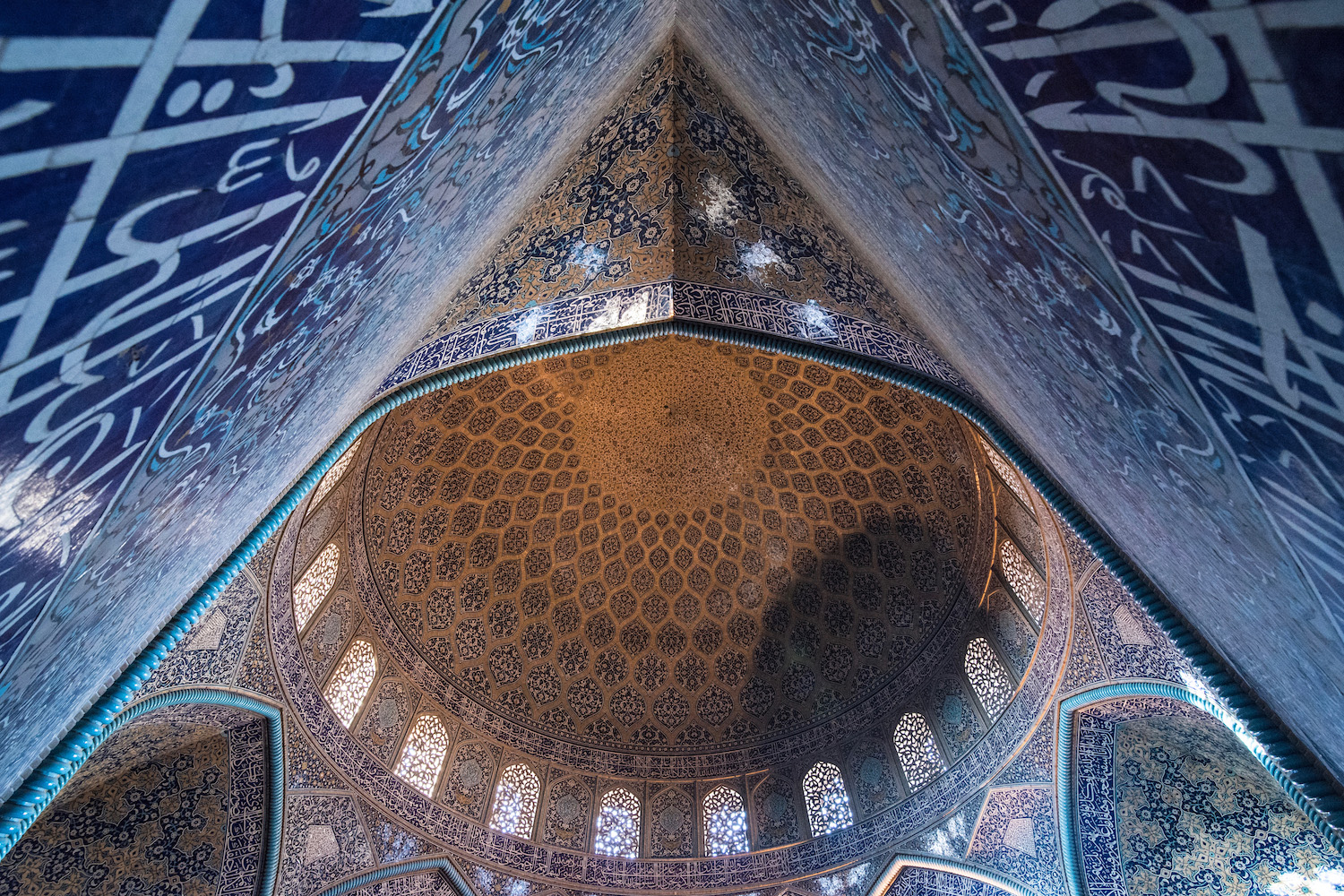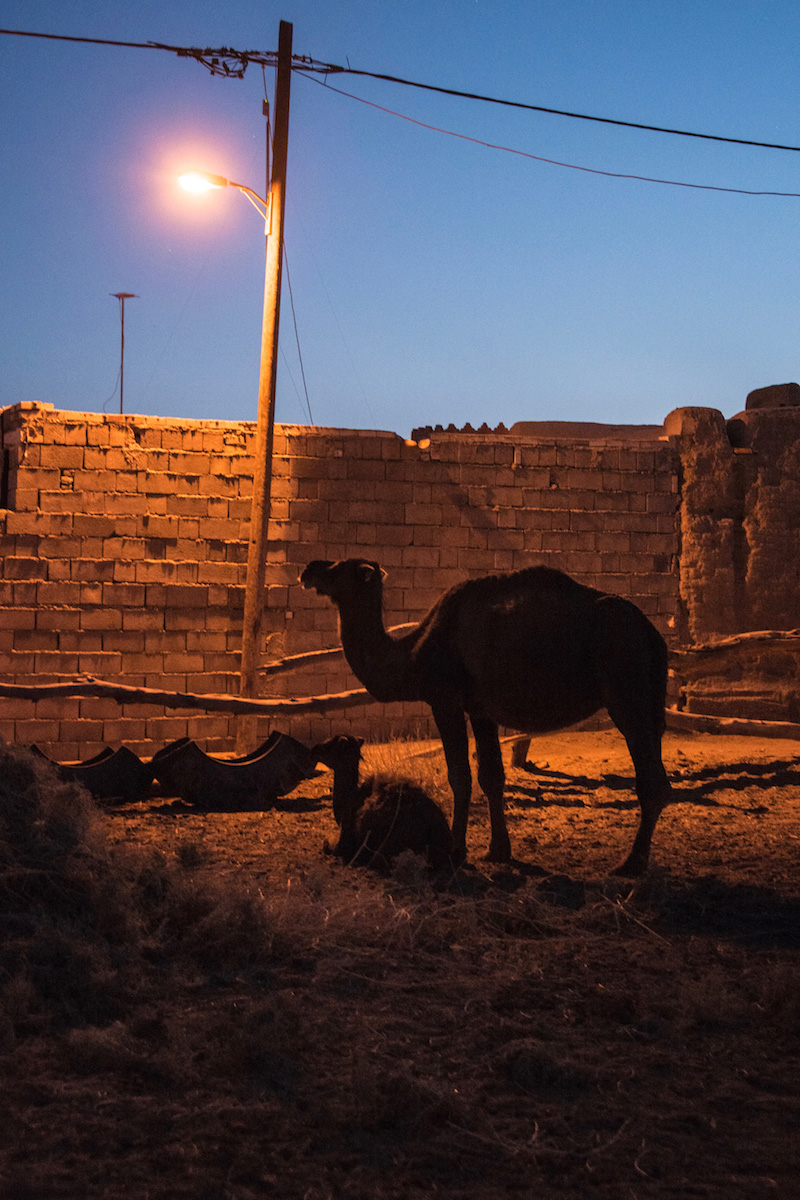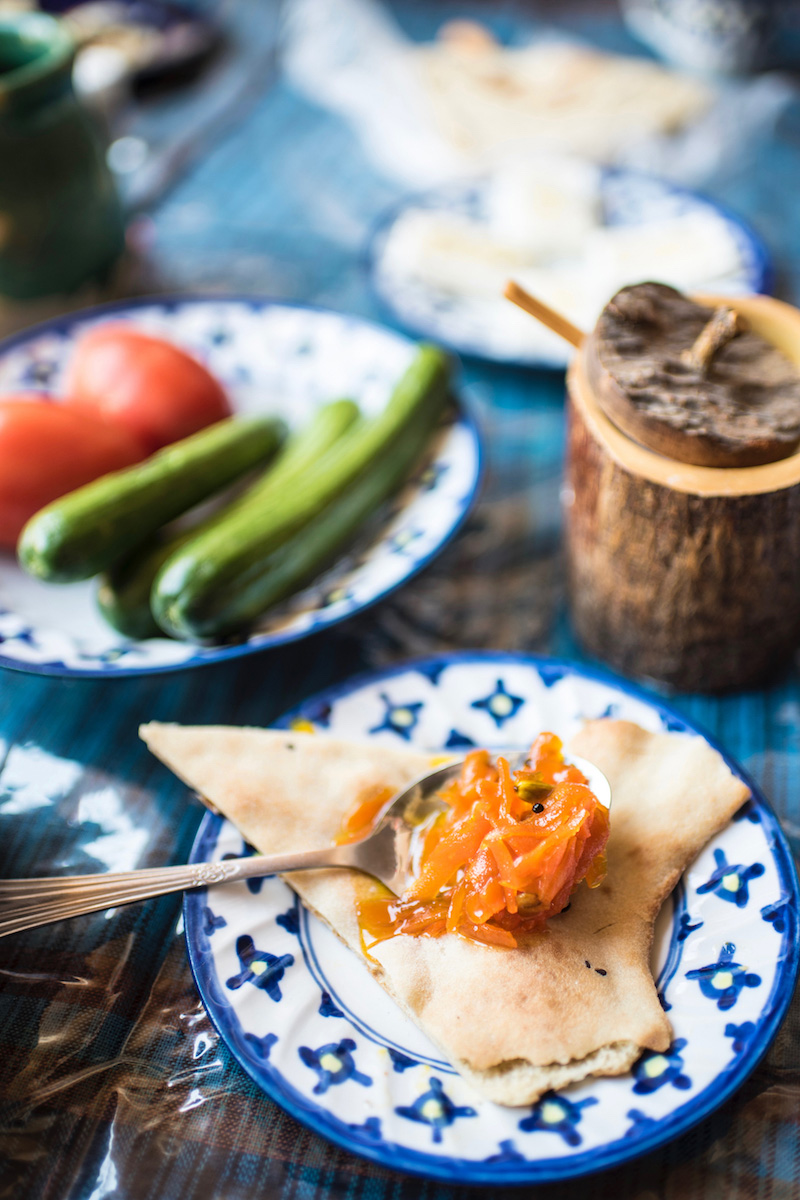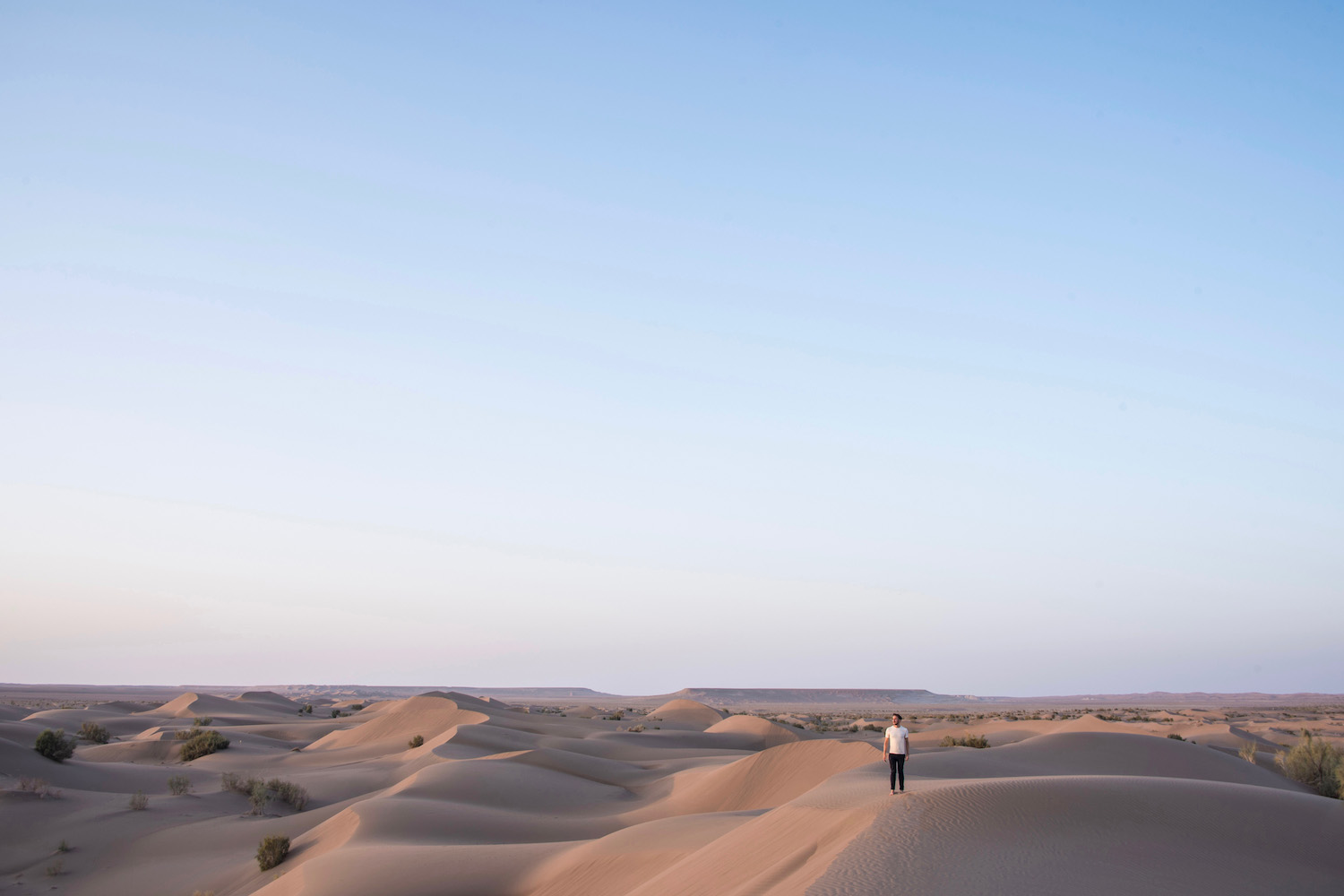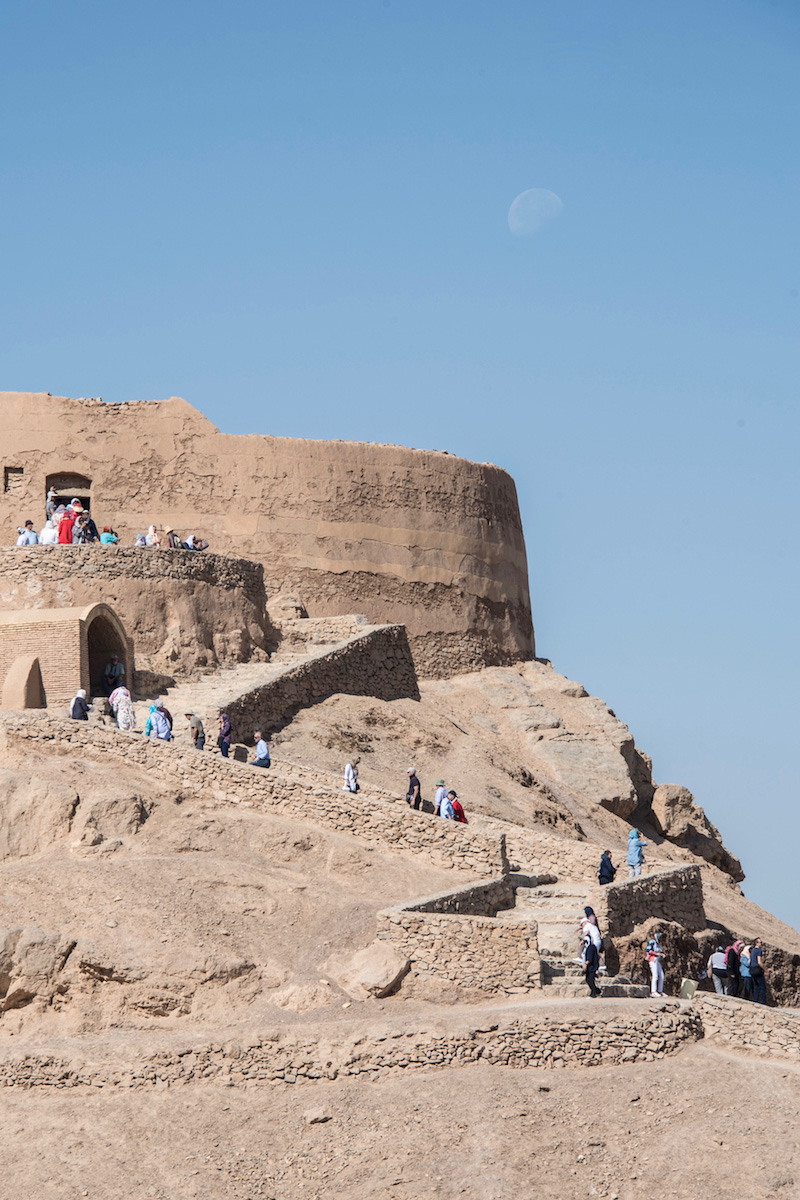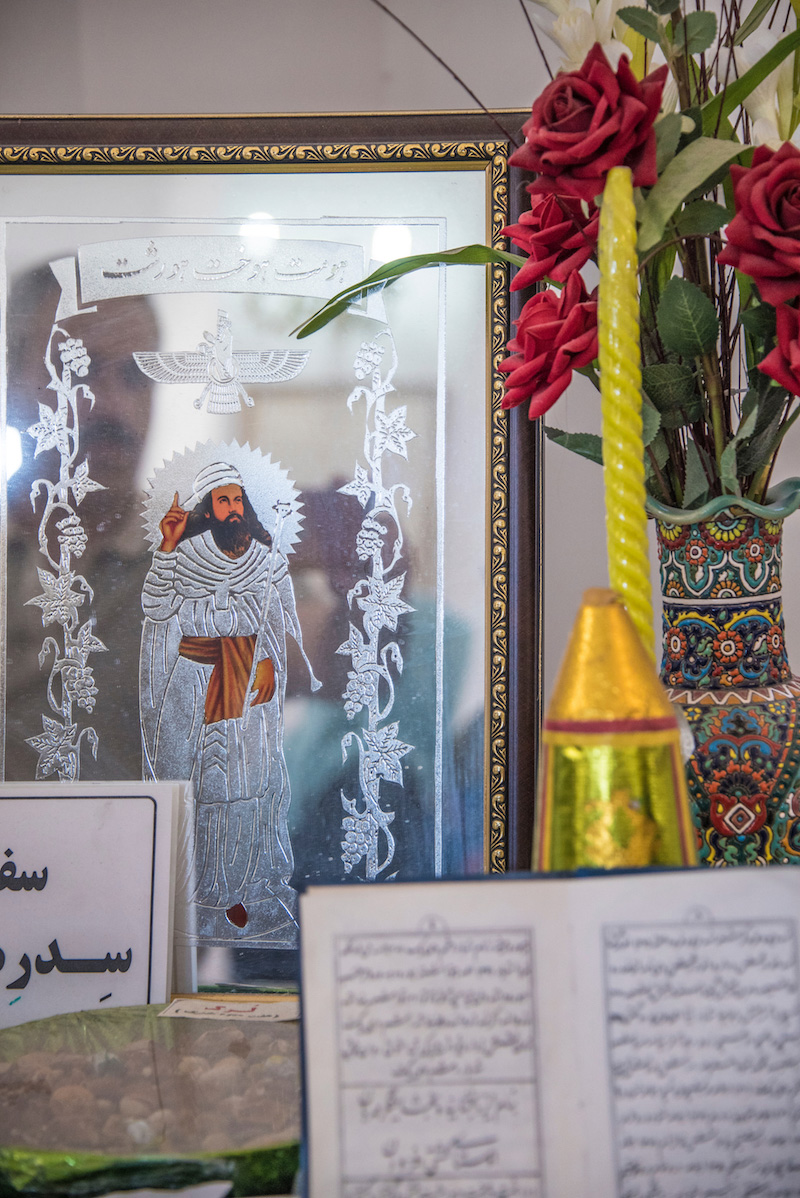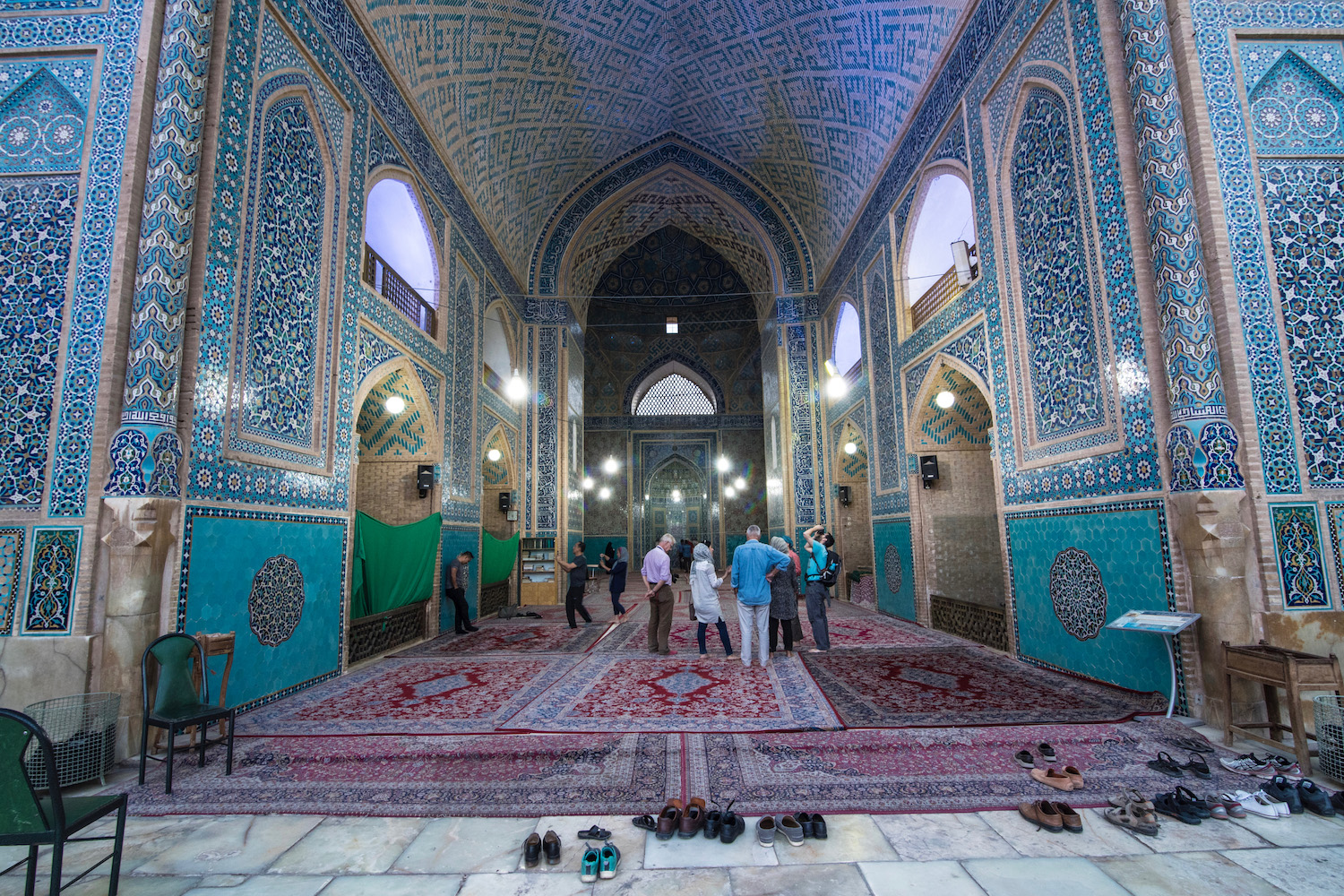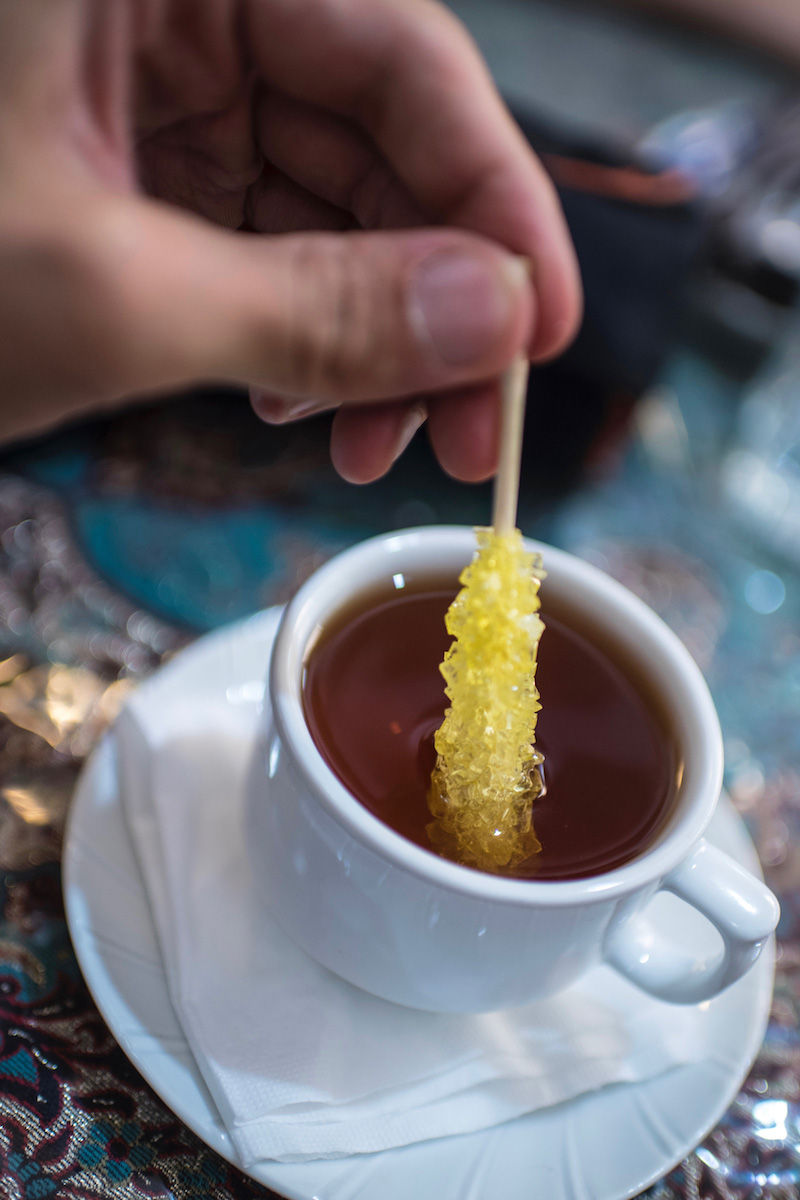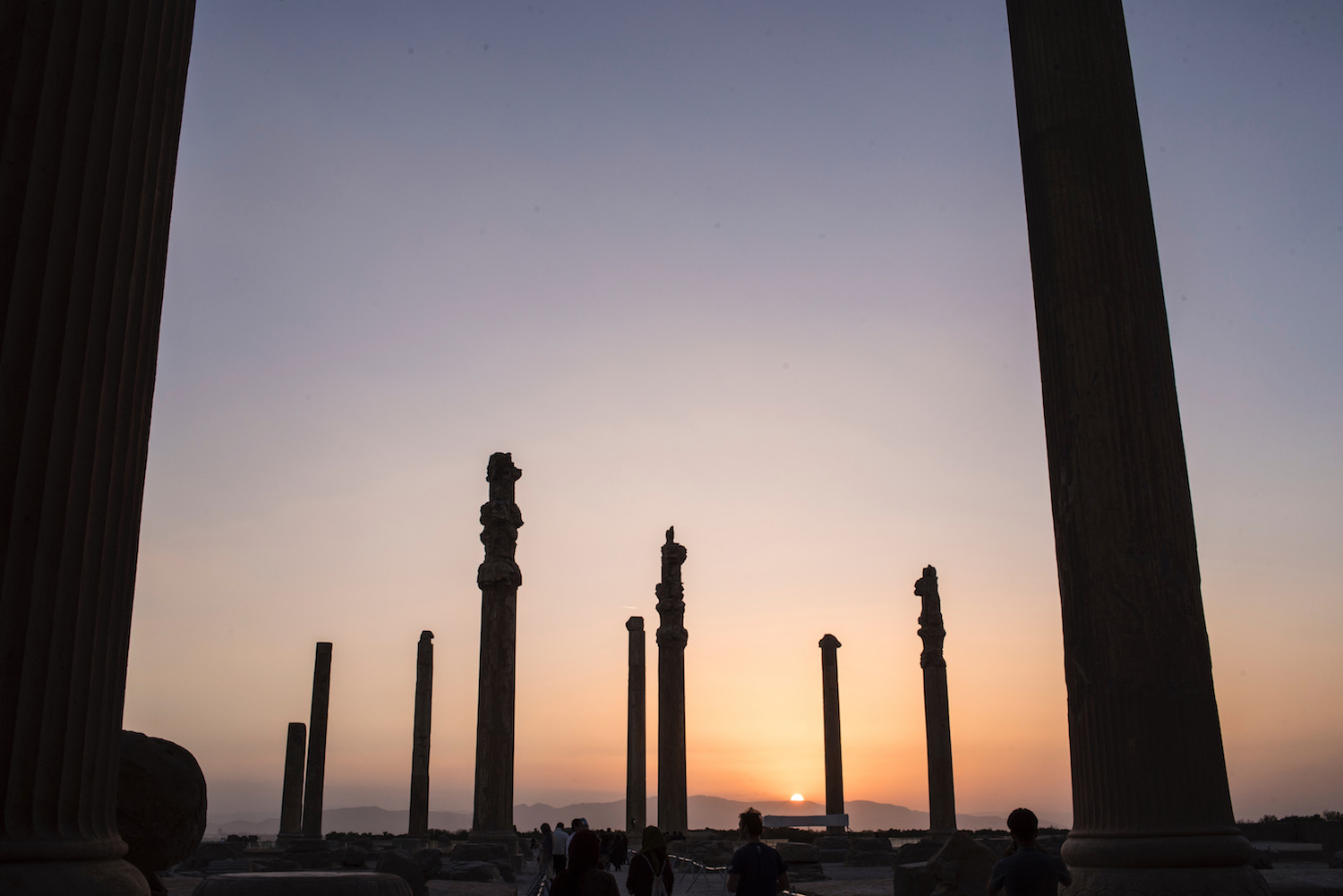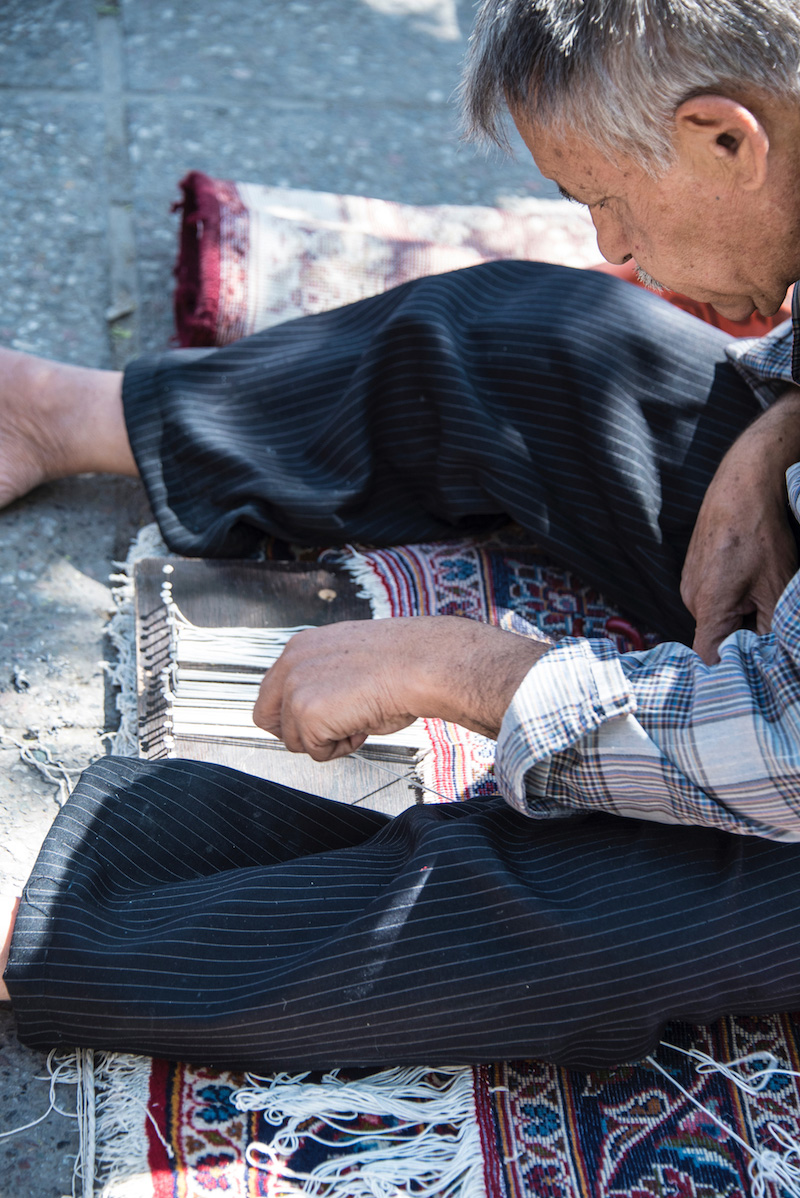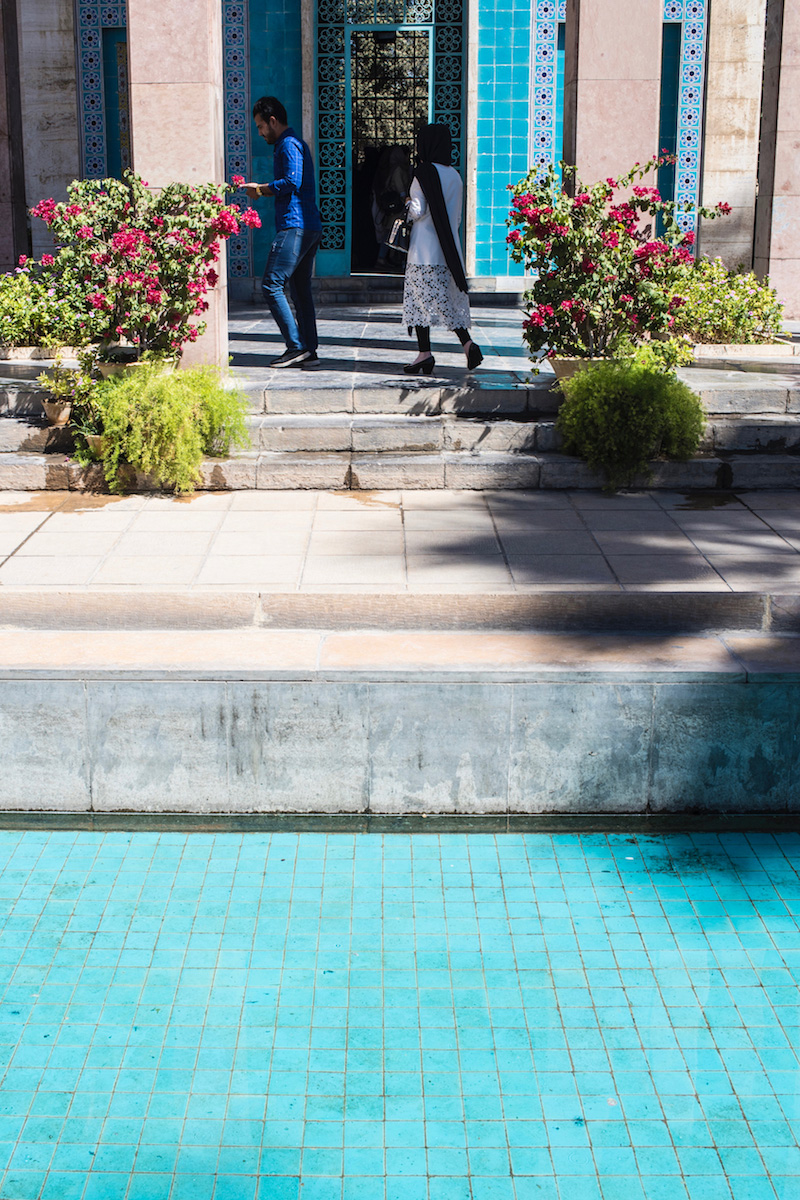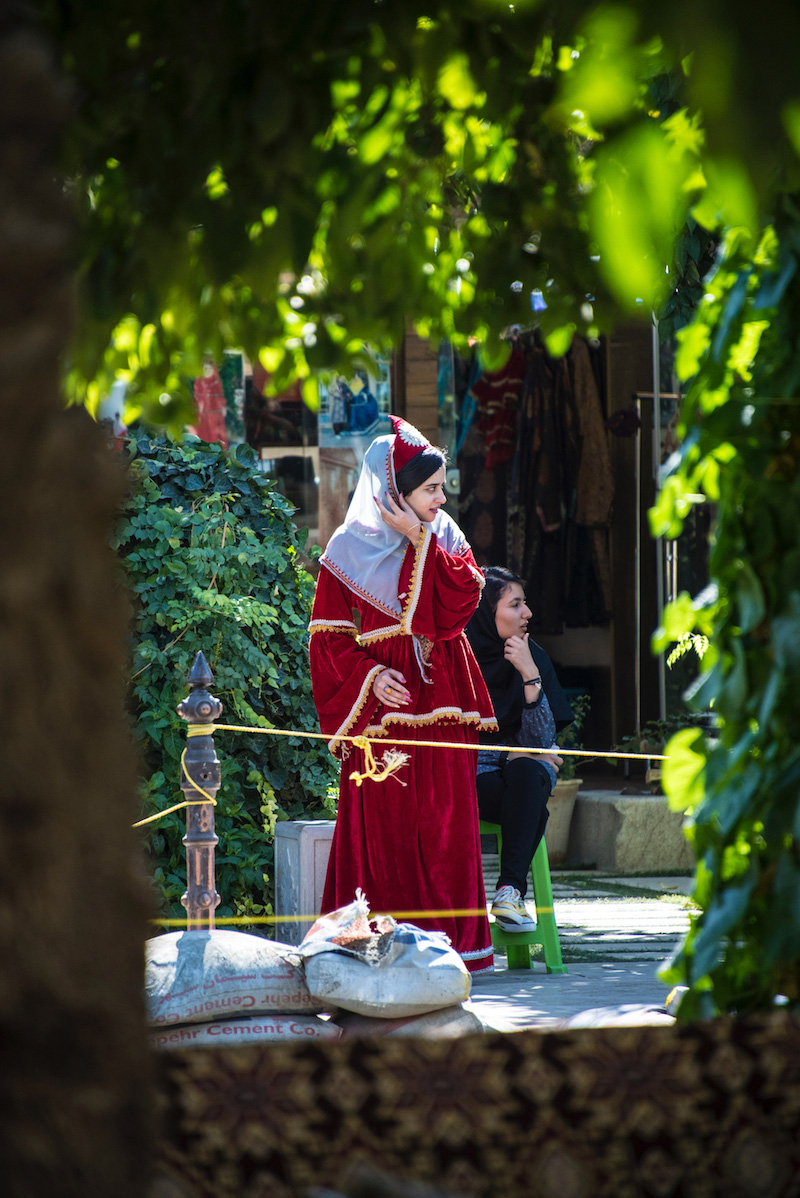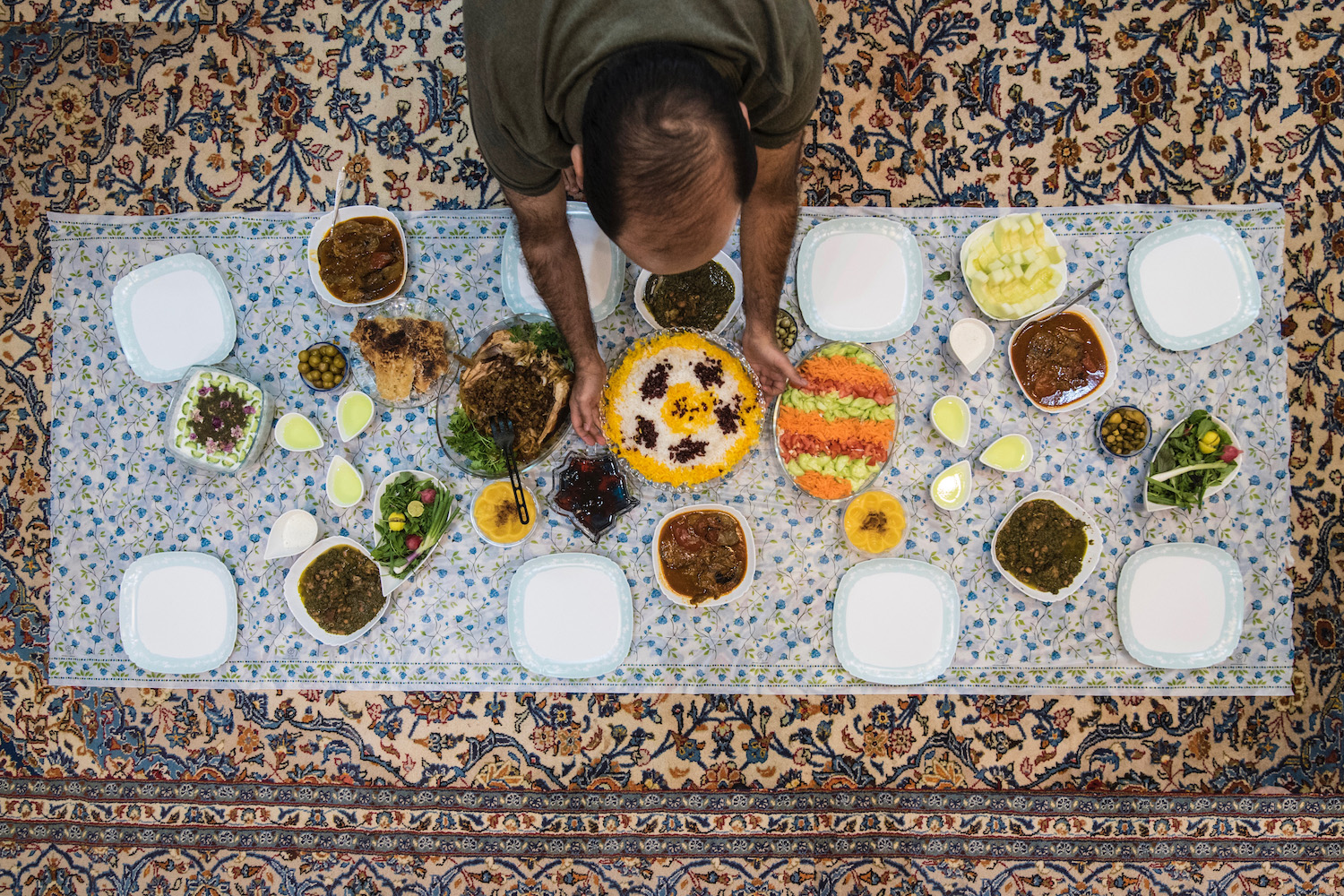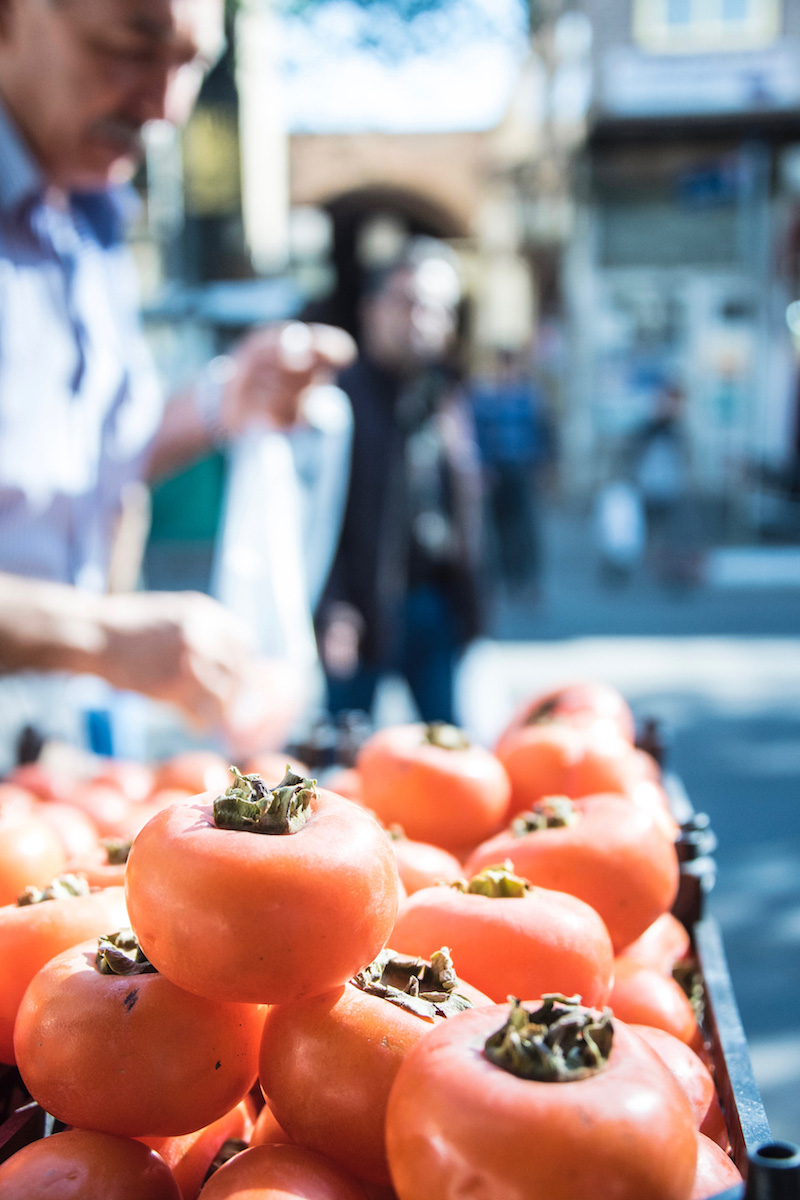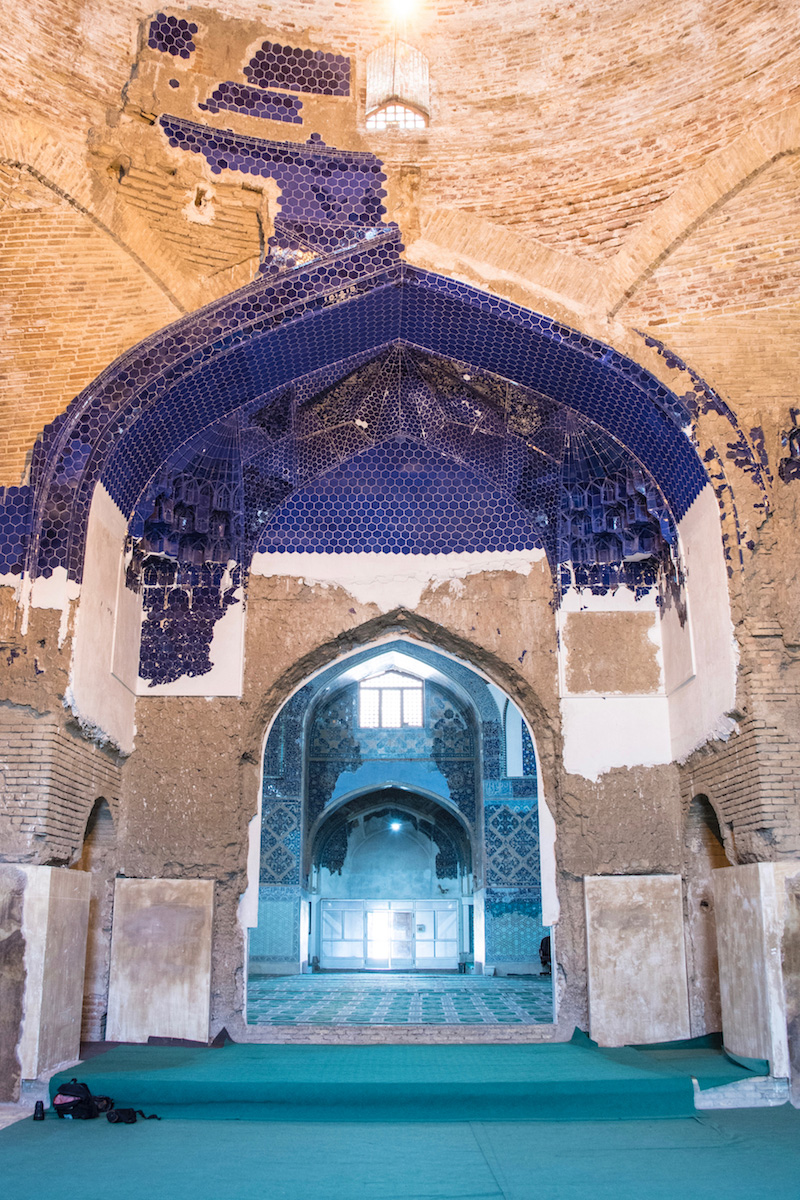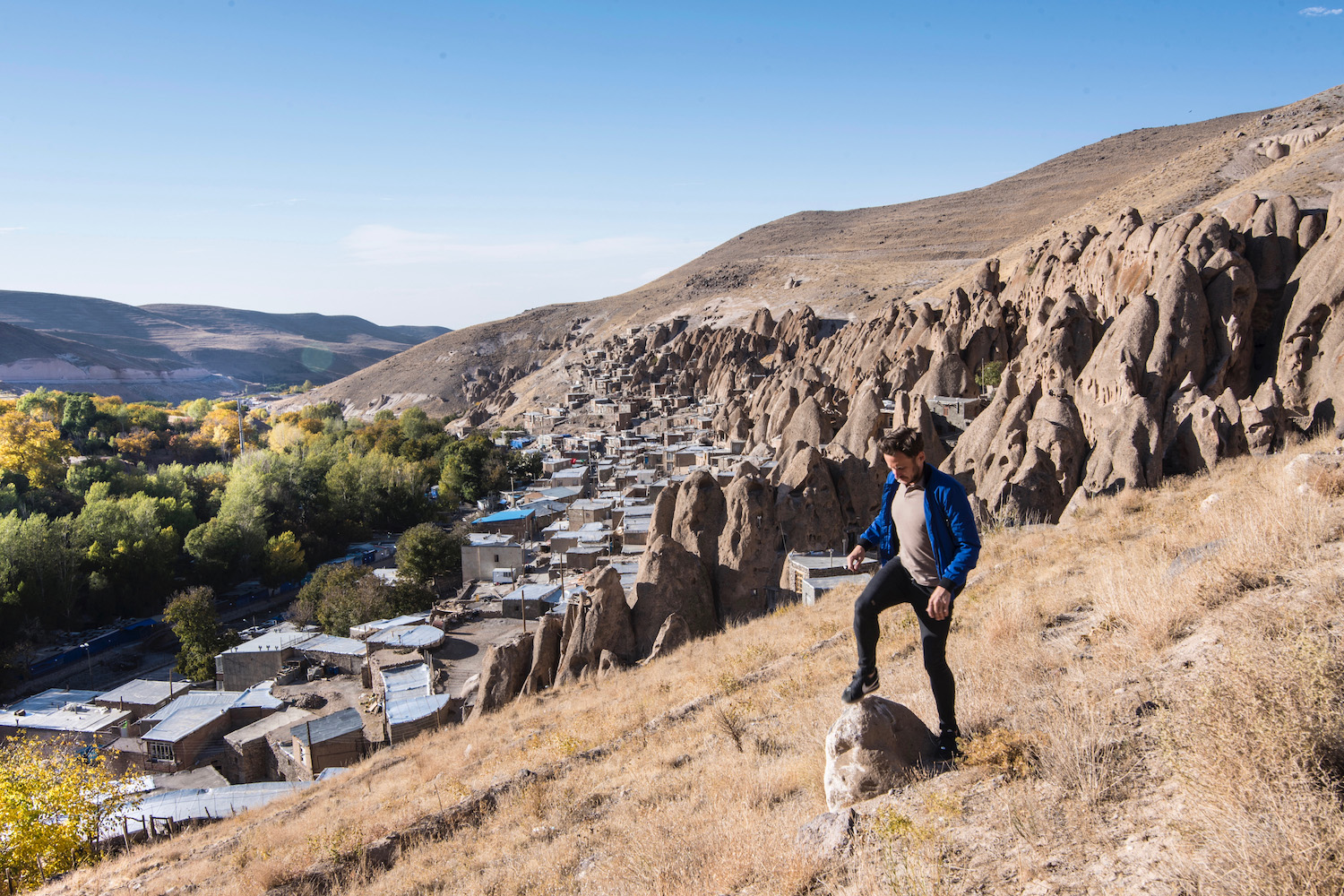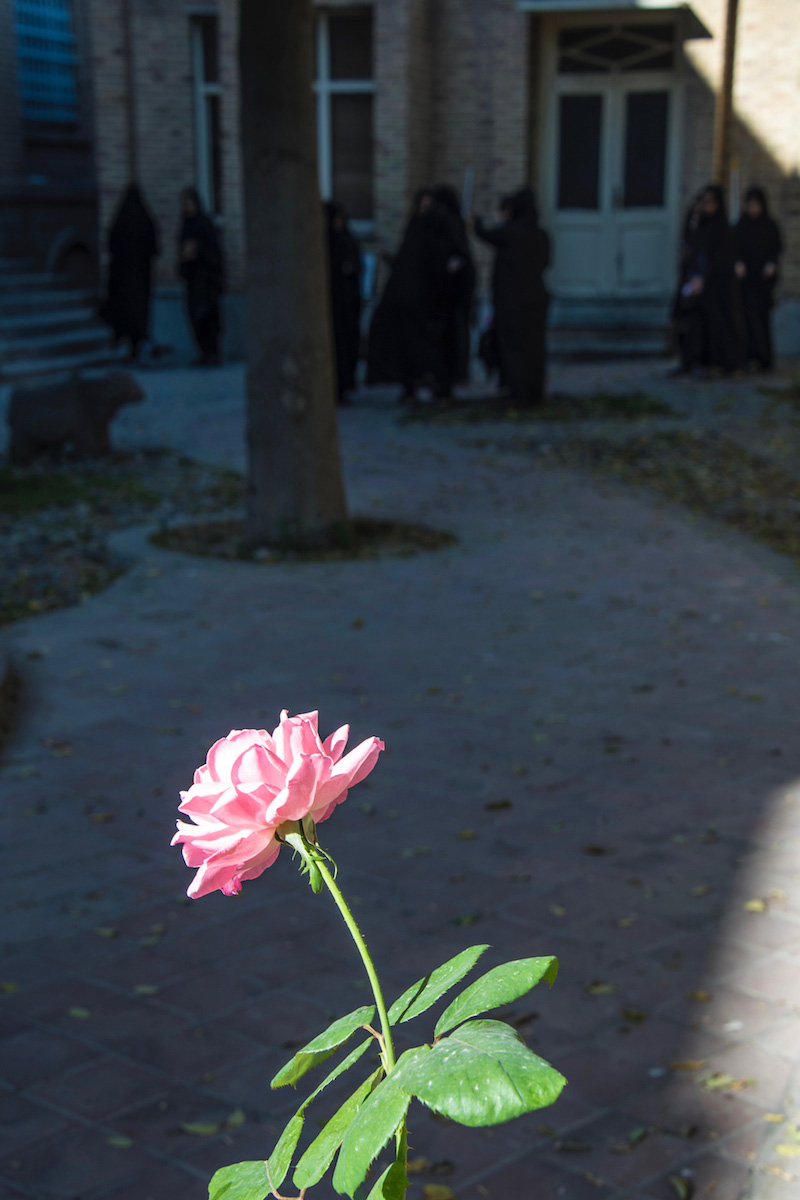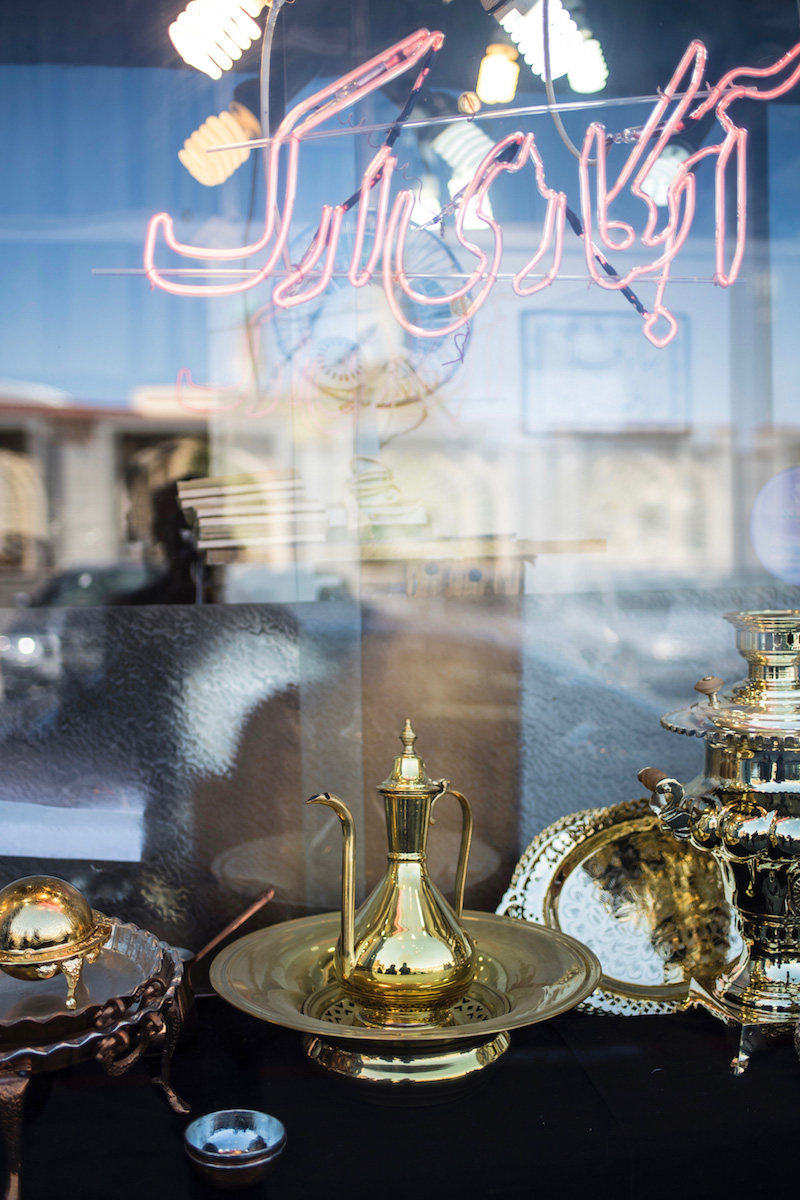A year ago today, Donald Trump defeated Hillary Clinton to become the 45th president of the United States. It was the worst day of my adult life, emotionally, and it would affect me—and the world—more tangibly than I knew at the time.
Had President Trump lost the election, for example, I’d have visited Iran in April of this year instead of October. I wouldn’t have kicked off my coverage of the trip with a plea against prejudice and pre-emptive war, but with an illustration of why the actions President Clinton took to build bridges between Washington and Tehran were so vital and mutually beneficial.
But that is not how the chips fell—for America, for Iran or for Julia.
I met Julia and her mother Elizabeth at a lodge in Farazadh, on the edge of Iran’s Mesr desert where rocky mountains give way to dunes. It’s not un-reminiscent of the Western Desert, which is why it’s named as such: “Mesr” is the Farsi word for “Egypt.”
Elizabeth explained how the unique circumstances of her life resulted in her daughter traveling more in seven years than most people do in a lifetime. As her Mom spoke, Julia made me a toothbrush holder, emblazoned with flags of the countries she’s lived in (India and Switzerland) and visited (too many to name) during her short life.
“What are you going to make for me?” she asked as she handed it to me. I got my toothbrush out of my backpack and inserted it between the colorful, glued-together pieces of paper. And I paused, because Julia’s question was more loaded than she realized.
When I was Julia’s age, the biggest tragedy in my sphere of awareness occurred one May morning, when a late snow fell and killed my mother’s crocuses. We were living in northern Ohio, where the purple blossoms are little more than decoration, far from the violet fields of Iran’s Khorasan province, where much of the country’s—and the world’s—saffron is grown.
As I thought about how to answer Julia, and how to climb out of the rabbit hole that had led me into my own past, I wondered whether she was as blissfully ignorant to the existential crises of today as I’d been back in the early 90s, crying over frozen flowers.
I picked up three colored pencils and started to draw a map of Iran, using the red and green ones. The white one, too, although she rightfully pointed out that it wouldn’t show up on white paper.
“Just because you can’t see something,” I reminded her, “doesn’t mean it isn’t there.”
The borders of the Islamic Republican sketched—roughly—and filled in (minus the white), I moved on to the complicated symbol in the center of the flag. I couldn’t remember exactly how it looked, so I opened my phone to find an image of the Iranian flag to copy.
“Why did you stop drawing?” Julia asked.
I pointed at the screen. “I want it to look like this.”
“But this is your picture,” she said, noting that she’d taken some liberties with the Indian and Swiss flags on my toothbrush holder. “You can draw it however you want.”
She was right, when it came to drawing and to life, at least for people like us.
But as I started moving my red pencil again, I wondered if the same could be said for the young girl I’d seen inside the window of a school in Kashan, covered in a full chador in spite of being roughly the same age as Julia. Will she, too, be able to to draw her picture however she wants?
As I look back on the day I met Julia, on the night I saw the schoolgirl in the window and on November 8, 2016, I also look forward into the future. When Julia and the girl in Kashan are 32 like I am now, looking back on these days, reminiscing about their own frozen flowers—a war between the United States and Iran hopefully not among them.
